OCTOBER 30, 2025 | ARTICLE
Making the switch: Why using electric vans in utilities, telecommunications and field services makes perfect operational sense.
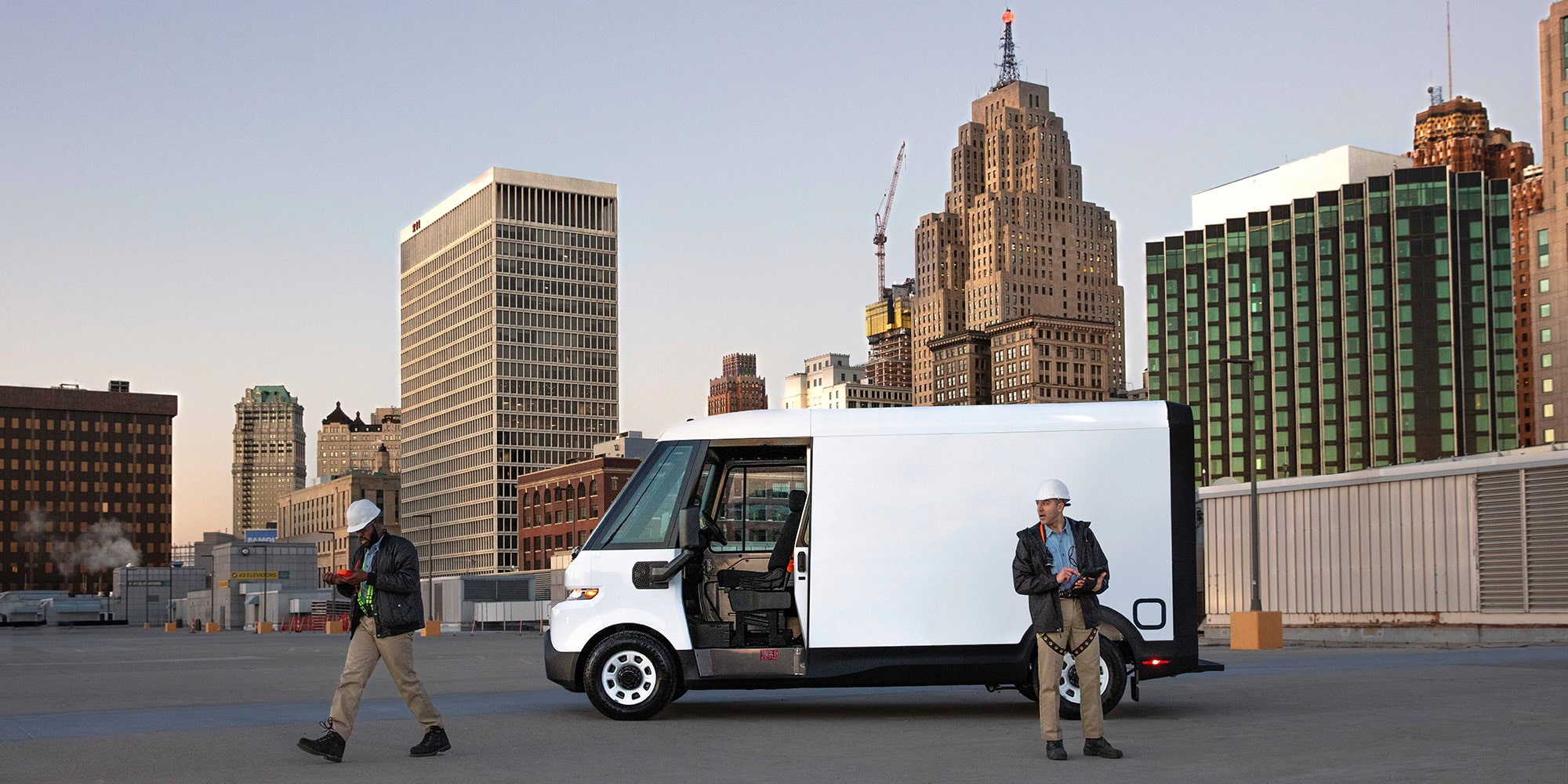
With rising operational costs and a growing number of environmental regulations, utilities, telecommunications and field-services organizations face constant pressure to modernize their fleets while maintaining reliable service.
Electric vans include several features and specifications that fleet managers should carefully consider before adopting them into their organizations. From overall components and design to maintenance, these vehicles vastly differ from their internal combustion engine (ICE) counterparts in ways that could affect service operations.
In this article, we’ll explore how making the transition to electric vans can help benefit utilities, telecommunications and field-service organizations’ fleets and highlight factors fleet managers should evaluate based on their specific operational requirements.
The advantages of using electric vans
Lower fuel and maintenance costs
Switching service fleets to electric vans can help organizations cut their operating costs. Electric vans contain fewer moving parts and require no oil changes, which helps lower overall maintenance costs. In addition, electricity prices have historically been more stable than fuel prices, making it easier to potentially project future costs.
All-electric advantages in the field
Electric vans operate much more quietly than internal combustion engine vehicles, which can help reduce noise pollution in residential and urban areas. Electric vans can idle quietly, maintaining a climate-controlled cabin without the disruptive noise of traditional internal combustion engines, creating a quieter, more comfortable environment for technicians during service calls. Noise from idling could violate a city’s ordinances and cause fines or operational restrictions. This quieter electric vehicle operation can enhance community goodwill, especially in neighborhoods where noise sensitivity is a concern.
Lower total cost of ownership (TCO)
The initial investment involving electric vans and their related charging infrastructure may be higher than ICE vehicles, but the vans’ TCO could be significantly less. The independent nonprofit group, RMI, analyzed several factors to compare TCO between EVs and ICE vehicles, such as purchase price, financing, depreciation, and expected fuel and maintenance costs. Their analysis showed that EVs can have a 9% lower TCO to equivalent ICE vehicles, even when charging infrastructure costs are included.
Electric vans’ most notable cost advantages and savings come from reduced maintenance and operating expenses. The majority of these savings can come from fewer maintenance requirements like no oil changes and less brake wear through regenerative braking. Eliminating the common components found in ICE vehicles — like spark plugs, timing belts and emissions systems — also minimizes maintenance costs. Available tax incentives for transitioning to electrical fleets combined with these cost-savings benefits, make the long-term TCO of electric vans even more attractive to utilities, telecommunications and field-service companies for their operations.
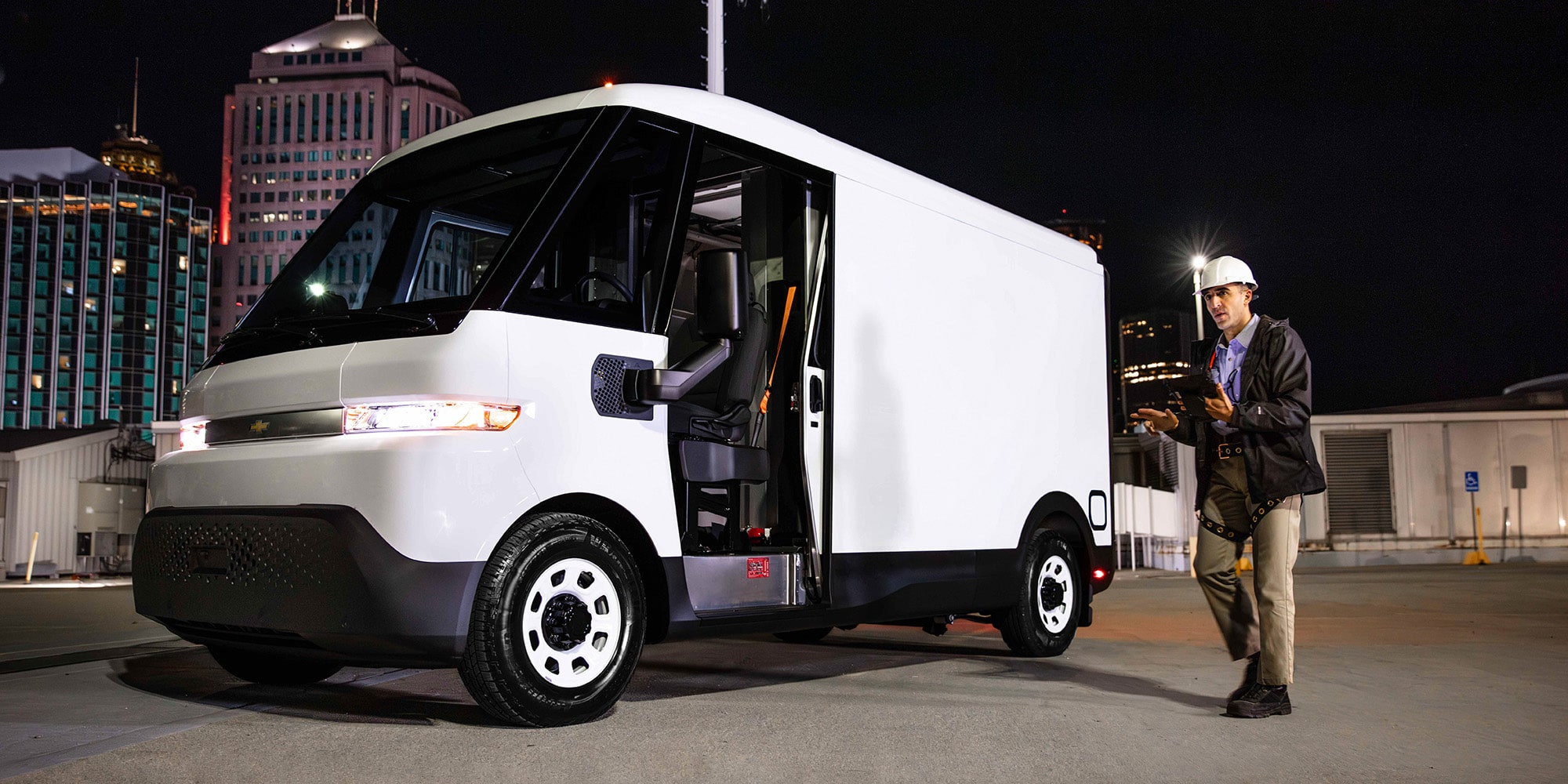
Seamless technological integration
Most modern electric vans include compatibility with telematics platforms. This compatibility feature enables seamless integration into a company’s existing fleet management system to ensure that service is not disrupted by the transition to electric vans. Additionally, companies can maintain consistent fleet management practices across mixed fleets containing both electric and traditional vehicles.
Advanced telematics solutions can provide real-time information about the location, state of charge, energy consumption and predicted range of electric vans. Existing fleet management software can incorporate this data into vehicle dispatching and route optimization for greater efficiency. Some manufacturers may provide embedded telematics services as part of their electric vehicle sales or leases. For example, the Chevrolet BrightDrop electric van comes with eight years of OnStar® Fleet Basics
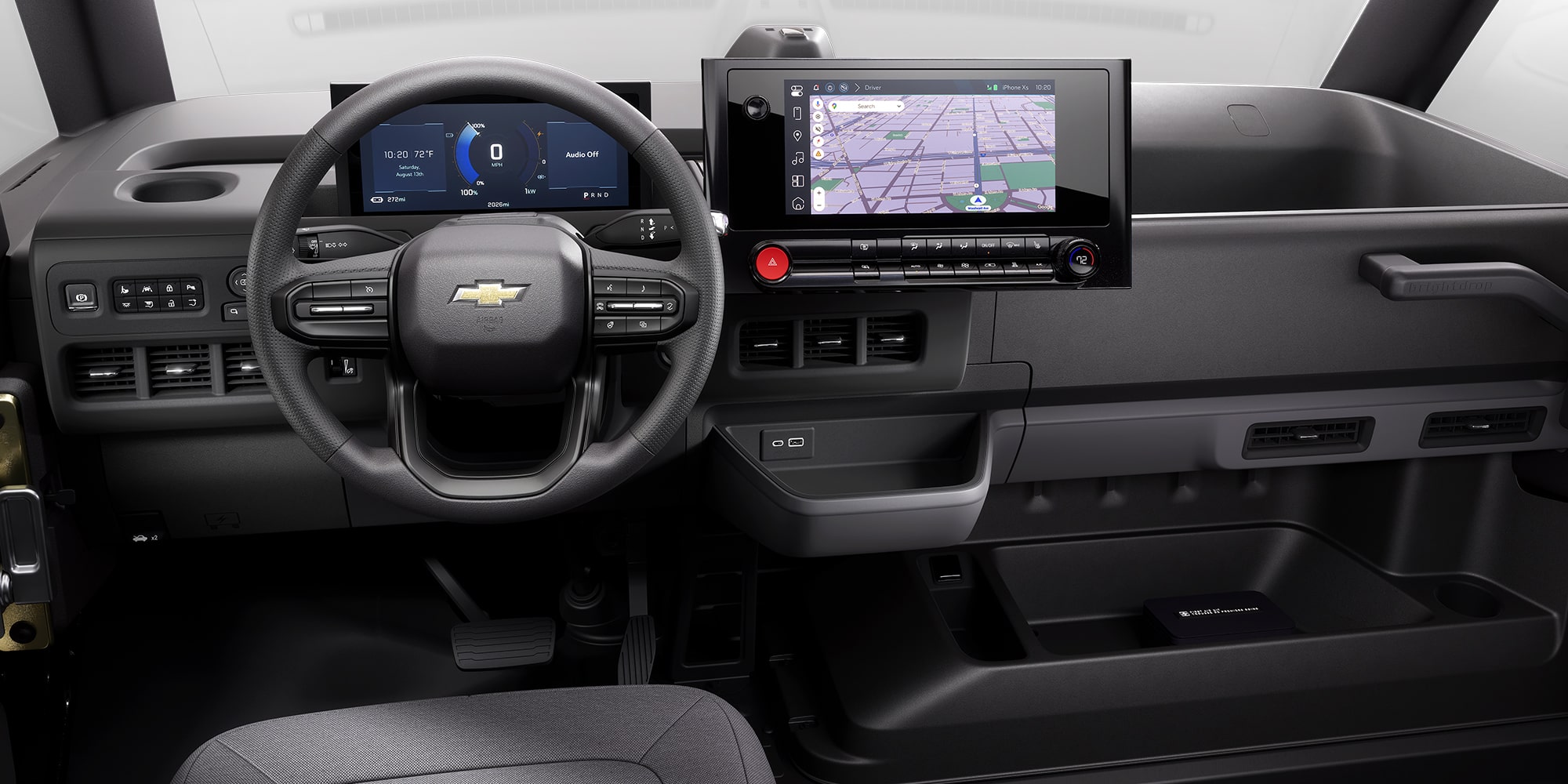
Addressing common questions about electric vans
What are the range capabilities for electric vans?
A vehicle’s range is a top consideration for companies evaluating electric vans to use for service calls. Fleet managers and field technicians expect that their electric van can handle unexpected calls or route changes without running low on battery charge.
Current electric vans offer ranges that easily match or exceed typical daily requirements. For example, the 2025 Chevrolet BrightDrop offers a best-in-class
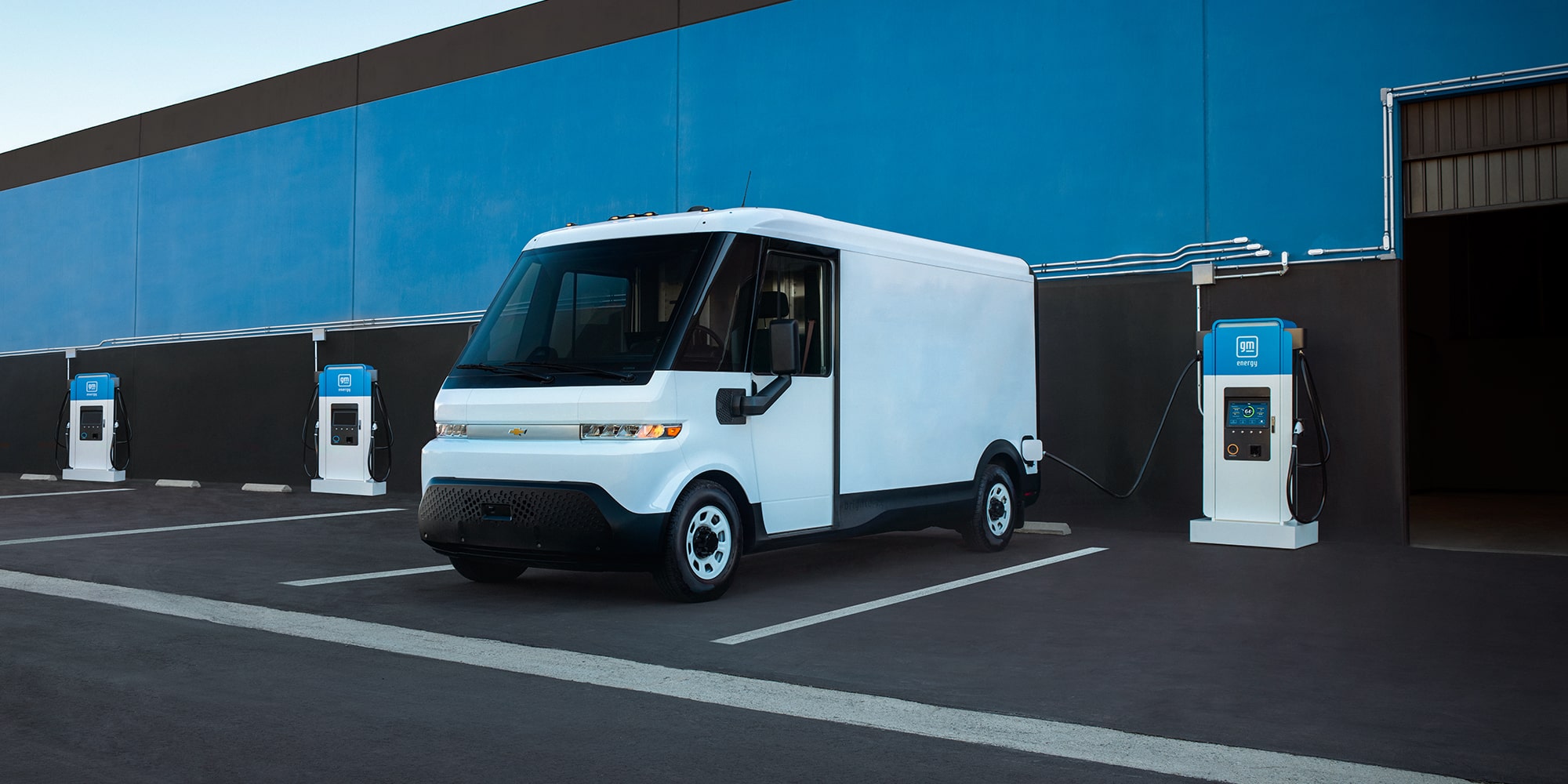
How thorough is the charging infrastructure for electric vans?
While depot charging serves as the foundation for many electric van fleets, the nature of utilities, telecommunications and field-services operations requires additional charging options. Field technicians frequently travel between their homes and jobsites and forward-thinking companies have started offering home-charger installations as an employee benefit.
According to PwC analysis, charging infrastructure in the U.S. is expected to grow from 4 million today to approximately 35 million by 2030, helping to overcome current infrastructure limitations. Fleet managers may also increase their charging capacity by partnering with experienced providers who understand commercial electric-vehicle operations and helping to ensure charging systems align with both their current needs and future fleet expansion.
GM Envolve’s EV Transition Tools provide several resources to help fleet managers plan for adding electric vans to their fleets, installing the necessary charging infrastructure to support them, and educating drivers, maintenance crews and other stakeholders. GM Envolve has developed a data-driven Fleet Electrification Analysis that combines a driver survey and telematics analysis to uncover insights about a fleet’s operations to evaluate an organization’s readiness for electrification so managers can make more informed decisions about their transition.
How do the costs of electric vans compare with gas vans?
Electric vans can have higher initial purchase costs compared to ICE vehicles, but they demonstrate a lower overall TCO. Various government and utility incentives are also available to help offset companies’ initial investment when transitioning to electric vans (reference). Incentive amounts and eligibility criteria vary, fleet managers should consult with tax professionals.
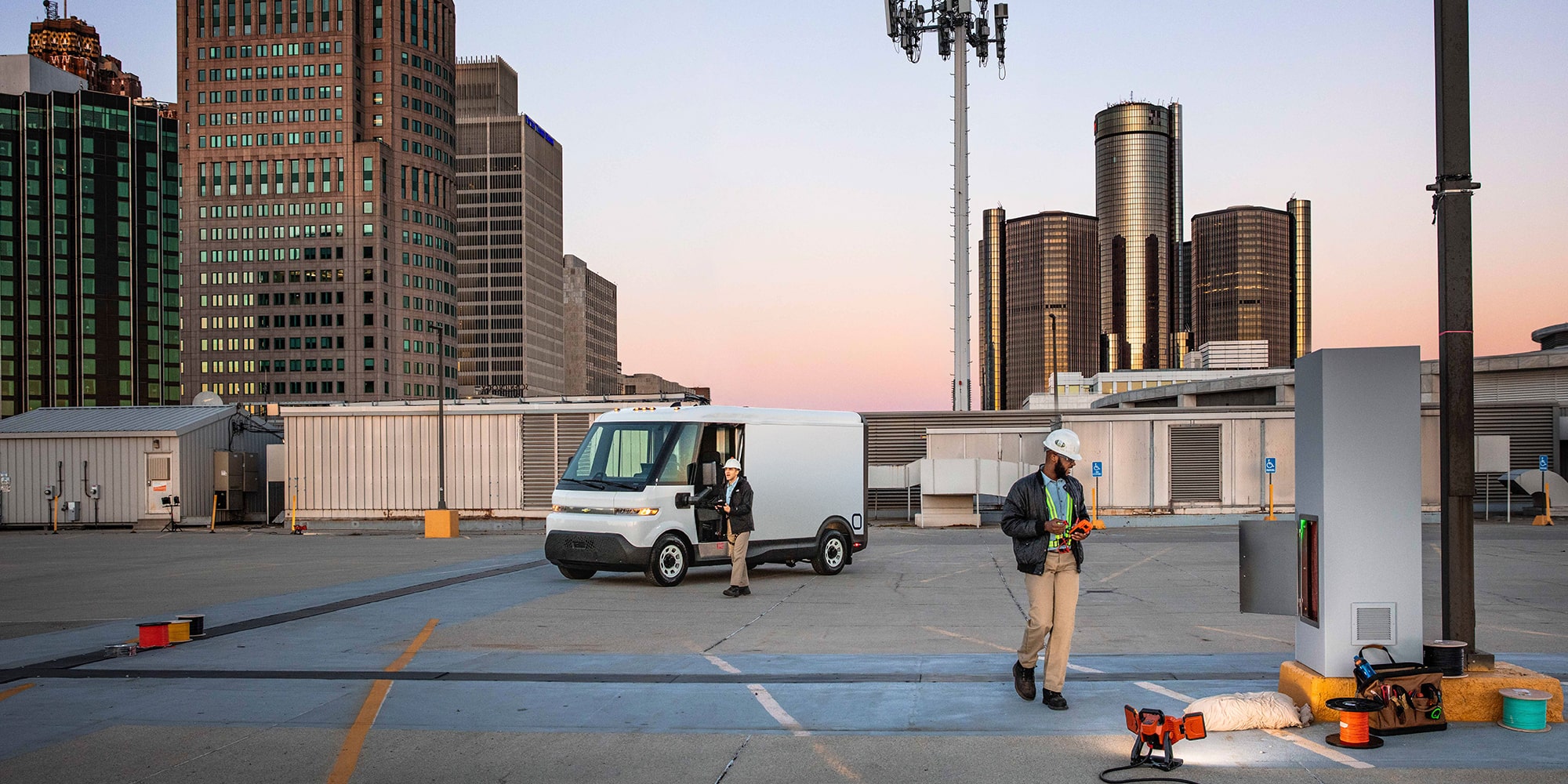
Utilities, telecommunications, and field-services companies making the switch to electric vehicles
Major companies across the utilities, telecommunications and field-services industries have already made firm commitments to fleet electrification, with some doing so as part of the EV100 initiative:
- AT&T launched a pilot program with a view to electrifying its commercial fleet, including vans and trucks.
- Duke Energy has set a goal of electrifying 50% of its fleet by 2030.
- Pacific Gas and Electric (PG&E) has been testing electric vehicles for fleet use and has plans to expand its electric fleet.
Making the switch to electric vans
For best results, the transition to electric vehicles should follow a planned process instead of an immediate fleet-wide switch. Companies often start with a pilot program that allows them to develop charging protocols, adjust maintenance schedules and collect real-world performance data. Doing so helps fleet managers identify and address any operational challenges before a wider deployment.
Key integration steps to follow include:
- Creating a strategy that meets current fleet needs and can easily scale to fit future needs
- Anticipating and planning for the costs of fleet electrification
- Evaluating drivers, maintenance crews and other key stakeholders’ readiness for electrification
- Analyzing vehicles’ current route patterns and identifying suitable applications
- Deploying charging infrastructure at key locations
- Training drivers and maintenance teams on electric van features and capabilities
- Updating fleet management and routing systems
- Developing and implementing new maintenance schedules and procedures
Click here to download our EV Transition Readiness checklist.
Conclusion
The transition to electric vans is a strategic business decision that can deliver substantial operational advantages to utilities, telecommunications, and field-services organizations. By reducing fuel and maintenance costs, electric vans provide a way to help improve service delivery while reducing operational expenses.
And as more cities implement tailpipe emission regulations, early adopters of fleet electrification are positioning themselves to capture both market leadership and regulatory compliance. The 2025 Chevrolet BrightDrop’s combination of cargo capacity, advanced features and best-in-class






